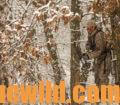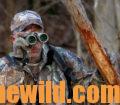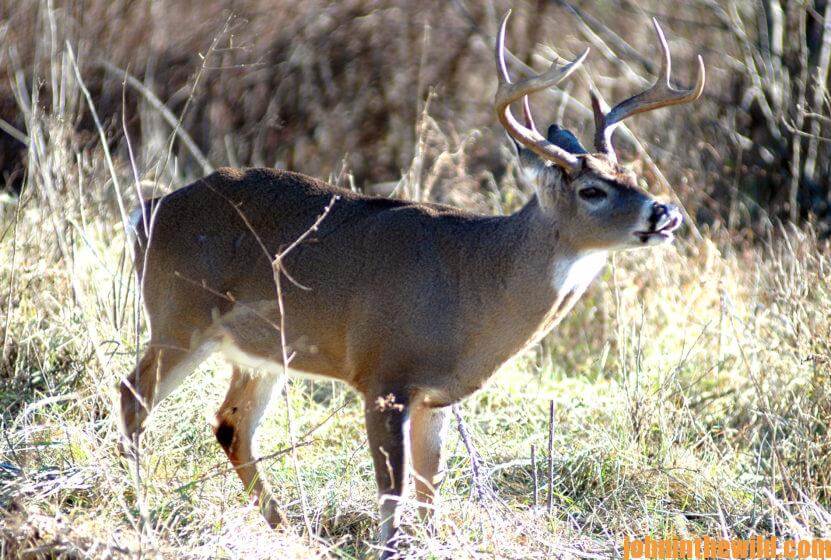Editor’s Note: Many of the nation’s leading bowhunters have developed strategies for successful deer hunting and have vast experience in scouting as well as bowhunting.
T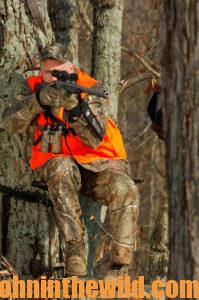 he portable tree stand has been one of the greatest inventions for deer hunters. With the portable tree stand, the hunter can find a place in the woods to take a deer and erect a platform to shoot from, which will give him greater visibility as well as decrease the chances of the deer’s seeing him.
he portable tree stand has been one of the greatest inventions for deer hunters. With the portable tree stand, the hunter can find a place in the woods to take a deer and erect a platform to shoot from, which will give him greater visibility as well as decrease the chances of the deer’s seeing him.
However, the portable tree stand is also one of the main reasons hunters don’t bag deer – especially when utilizing climbing stands. Surprisingly many hunters believe that if they locate hot spots for deer, then beating and banging that climbing stand up against the tree as they go up won’t frighten the deer. This philosophy makes no sense at all. Deer are not deaf. When the animals hear that climbing tree stand banging up against the side of the tree, they’ll be alerted and often alarmed. Even if a hunter is using a lock-on type of tree stand with climbing steps, he still must be very quiet
One of the most-critical parts of any hunt is putting up a tree stand quietly. You need to take all the time required to put that stand up carefully. Don’t hurry, or make noise getting the stand put up – because daylight’s coming, and you’re not in the tree. After all, yo 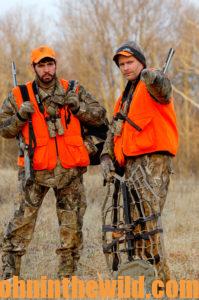 u’ll spend several hours in the stand. Take the time to put-up the stand correctly and not spook the deer. Most deer hunters prefer to put up their stands the day before they plan to hunt or even earlier. Then you can climb quietly into that stand on the day you do hunt.
u’ll spend several hours in the stand. Take the time to put-up the stand correctly and not spook the deer. Most deer hunters prefer to put up their stands the day before they plan to hunt or even earlier. Then you can climb quietly into that stand on the day you do hunt.
Beat the Crowds:
A strategy for hunting deer that pays dividends is to give-up the best hunting to reduce the numbers of hunters you have to compete with for the deer. I’ll let my friend, Bob Foulkrod, explain. “The area where my hunting camp is located is made up of an old farm community that the state has bought. Most of the woods we hunt is planted pine trees. However, the primary diet of the deer in this region are apples that come from the apple trees that are in the abandoned farms’ orchards. Because I’ve hunted this place so long, I know which trees drop their apples first, and which trees hold their apples until the end of the season. So, I’ve learned which trees the deer concentrate and feed around during the different times of the year.
concentrate and feed around during the different times of the year.
“This area is not the best part of my region for bagging deer. Actually a better, more-productive spot is the farmland below where I’m hunting where there’s more feed and more, small patches of woods where the deer can hold. Often the deer are larger, and the racks are bigger in that other place below my hunting camp. However, the hunting pressure is much greater for these deer. Sometimes a hunt at this more-productive site will be blown by another deer hunter walking into the site where you’ve planned to hunt. Since the place I’m hunting has so few deer and requires so much scouting to find those deer and to consistently hunt and take the deer, most hunters leave my area alone.
“Therefore, I prefer where I’m hunting, because I’ve spent the time to learn the land and the ways of the deer. Too, deer hunters won’t have as much competition for those deer as hunters will who are attempting to take deer in the obvious places.”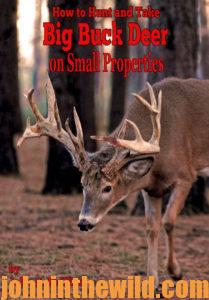
To learn more about hunting deer, check out John E. Phillips’ book, “How to Hunt and Take Big Buck Deer on Small Properties,” available in Kindle, print and Audible versions at (http://amzn.to/1vIcj4m).
Tomorrow: Plan Your Shot to Take a Deer

